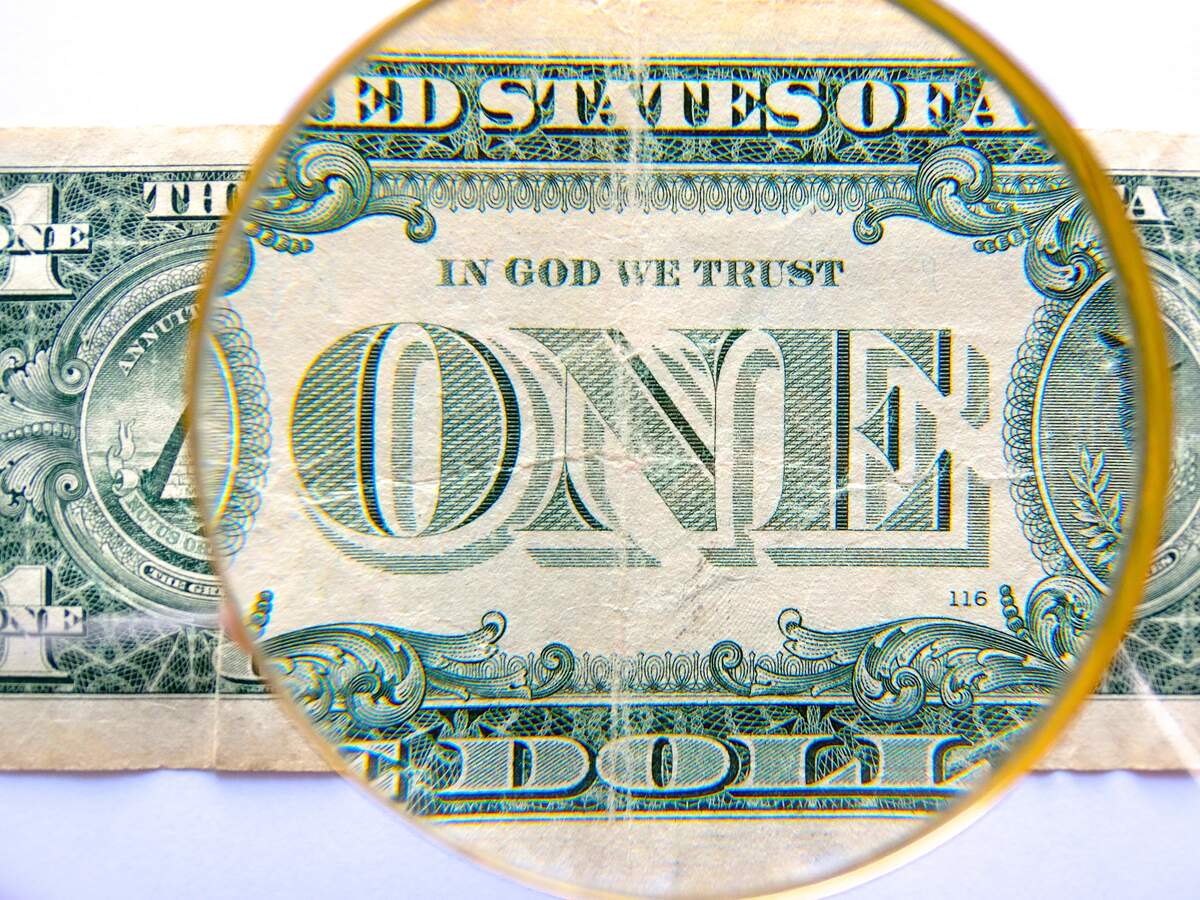

Separation of Church and State Day
Observed
annually on October 28th
Dates
Tags
Government & Politics
Religion & Spirituality
Hashtags
Sources
https://1erniewood.wordpress.com/page/13/
https://en.wikipedia.org/wiki/Abington_School_District_v._Schempp
https://en.wikipedia.org/wiki/Separation_of_church_and_state_in_the_United_States
https://www.dennydavis.net/poemfiles/holidays/oct.htm
https://www.worldnationaldays.com/separation-of-church-and-state-day/
Separation of Church and State Day commemorates the 1963 Supreme Court decision Abington School District v. Schempp, which ruled that school-sponsored Bible reading in public schools is unconstitutional. Like many other Supreme Court rulings before and after it, Abington School District v. Schempp deals with the separation of church and state. This concept has been debated on American soil since before the country's founding, and today's holiday can be viewed not only as a commemoration of this one Court decision but also as a celebration of the concept of the separation of church and state in general. It is unknown why the holiday is marked on October 28; some holiday websites claim that the decision was handed down on this date, but that is not the case.
Edward Schempp, a Unitarian Universalist from Abington Township, Pennsylvania, sued the Abington School District in the United States District Court for the Eastern District of Pennsylvania, because his son Ellery was made to listen to and sometimes read the Bible in his public school. A Pennsylvania state law sanctioned this use of the Bible in public schools, saying, "[a]t least ten verses from the Holy Bible [be] read, without comment, at the opening of each public school on each school day." At the time, four other states had laws on the books that required students to hold Bible readings in the morning before the start of classes, and 25 other states had laws that allowed such readings.
Schempp believed that the law violated his family's rights under the First and Fourteenth Amendments. The district court agreed with him and struck down Pennsylvania's law, and the school district then appealed. While waiting for the appeal to reach the Supreme Court, the Pennsylvania legislature changed the law so that students were allowed to be exempted from the Biblical readings if they had a written excuse from their parents. This did not satisfy Schempp. Because of the law change, the Supreme Court sent the case back to the district court, which again ruled for Schempp. The school district once again appealed to the Supreme Court, and when it reached the bench, it was consolidated with a related case from Maryland, Murray v. Curlett. In that case, Madalyn Murray O'Hair, mother of William J. Murray III, sued her local school district because of its rules for compulsory prayer and Bible reading in school. The Supreme Court ultimately upheld the district court's decision in Abington School District v. Schempp and found the Pennsylvania statute unconstitutional in an 8-1 decision, strengthening the separation between church and state. Public sentiment was divided on the ruling, with some vehemently opposing it and others welcomingly embracing it.
Many immigrants to the American colonies came in search of religious freedom. Some religious groups that arrived were tolerant of other religions while others were not. Some colonies were established as secular colonies, while others were established as religious colonies. Some religious colonies, such as the Plymouth Colony and the Massachusetts Bay Colony, did not allow other religions or protections for religious minorities, while others did, such as the colonies of Rhode Island and Pennsylvania. In the mid-seventeenth century, the Flushing Remonstrance exemplified support for the separation of church and state in the American colonies.
At the founding of the country, there were many opinions on religious matters. The views on the separation of church and state by Founding Fathers Thomas Jefferson and James Madison have been debated. Jefferson issued a Thanksgiving and prayer proclamation as Governor of Virginia but refused to issue a Thanksgiving proclamation while President. Madison issued four religious proclamations while President but vetoed two bills that he thought violated the First Amendment. Both of these individuals attended religious services at the Capitol. Jefferson wrote the Virginia Statute for Religious Freedom, which is similar in nature to the religious protections of the First Amendment, which came after it. Another Founding Father, Patrick Henry, had written a bill that said Virginians could belong to any denomination they wished, but they were required to join one.
The concept of the separation of church and state as it applies to the Constitution stems from a letter written by Thomas Jefferson in 1802 about the understanding and intent of the Establishment Clause and the Free Exercise Clause. These clauses appear in the First Amendment of the Constitution, coming from the phrase "Congress shall make no law respecting an establishment of religion, or prohibiting the free exercise thereof…" The Supreme Court has looked to this text of the Constitution when ruling on issues related to the separation of church and state.
From the First Amendment came the following accepted beliefs about religion: there can be no coercion in regards to religious matters, anyone can accept or reject a religion, there isn't an expectation to support a religion against one's will, and religious liberty applies to all religions, meaning all religions are equal before the law. When the Fourteenth Amendment was ratified following the Civil War, it expanded the views of the Establishment and Free Exercise Clauses from just being applicable nationally to being applicable at the state level as well.
There are various other Supreme Court cases of note related to the separation of church and state besides Abington School District v. Schempp. In 1947, Everson v. Board of Education dealt with a New Jersey law that allowed funds to be used to transport students to both public and Catholic schools. This became the first time that the Establishment Clause was applied to the laws of a state. The Supreme Court, citing Jefferson, ruled that "the First Amendment has erected a wall between church and state. That wall must be kept high and impregnable. We could not approve the slightest breach." Still, the decision upheld the constitutionality of using funding to transport students to religious schools, because the Court didn't think such funding breached the wall between church and state.
Engel v. Vitale, another pertinent decision, ruled in 1962 that it was unconstitutional for public schools to have official school prayers and for them to be read in school. In 1968, Epperson v. Arkansas ruled unconstitutional an Arkansas law that had prohibited teaching in school that humans were descended from animals. In 2005, two decisions about the display of the Ten Commandments—McCreary County v. American Civil Liberties Union of Kentucky and Van Orden v. Perry—were handed down on the same day with contrasting outcomes. On Separation of Church and State Day, we celebrate the concept of the separation of church and state and remember the documents and court rulings that have established and defined it.
How to Observe Separation of Church and State Day
Celebrate the day by learning about and celebrating the concept of the separation of church and state. Here are a few ideas to get your started:
- Read a book about the separation of church and state.
- Read the First Amendment and annotations discussing it.
- Learn more about the Supreme Court cases related to the separation of church and state that are mentioned in the holiday's description, especially Abington School District v. Schempp.
- Watch a film that explores the topic of religious freedom.
- Practice your religious beliefs as you wish. This can be done every day, but today is especially for remembering how religious belief exists apart from the state.





















